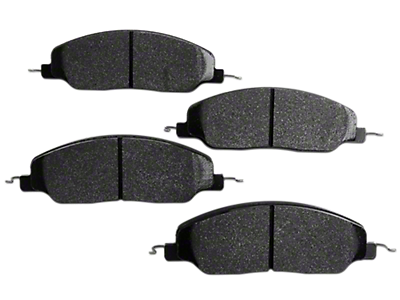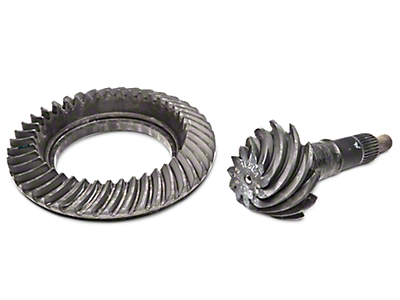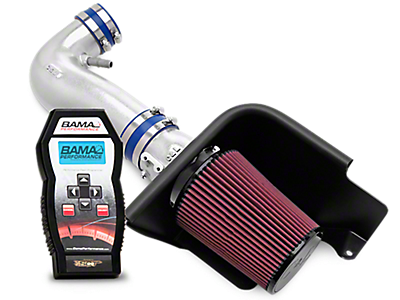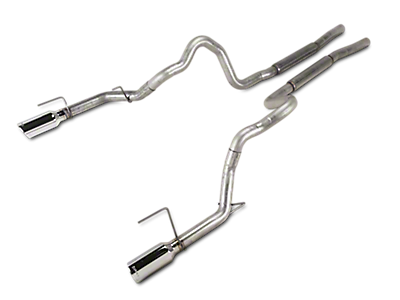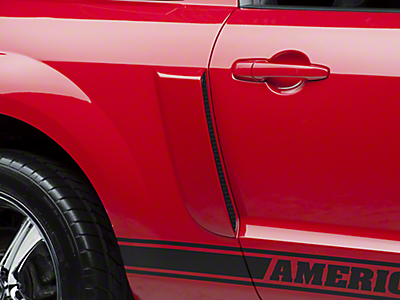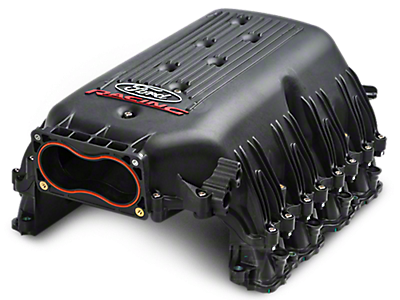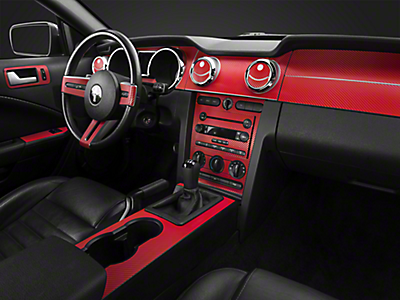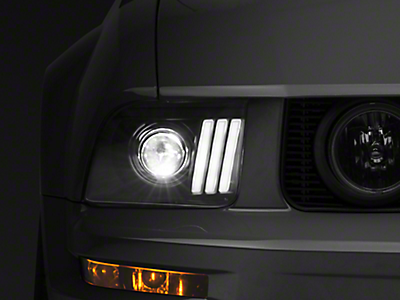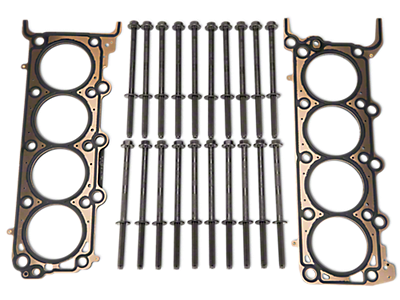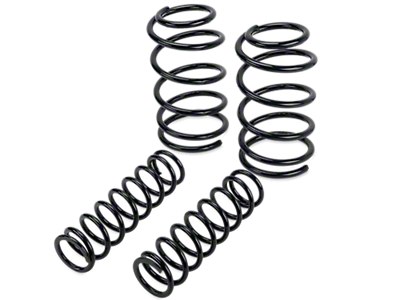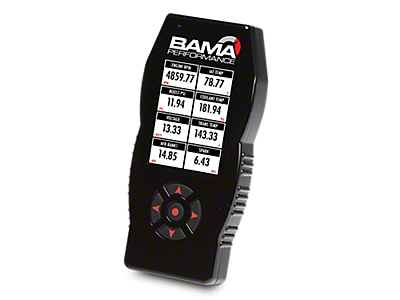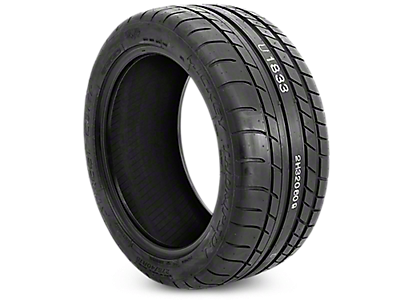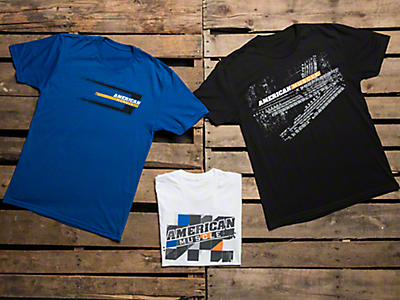2009 Ford Mustang
The 2009 Mustang marks halfway through the S197 generation and is the last year before the major refresh done in 2010. Carrying over from 2008 is the base Pony 4.0L SOHC V6 and the GT 4.6L V8. Built upon Ford's D2C platform, the 2009 Mustang uses a Macpherson strut suspension system up front and a 3-link live rear axle at the back. A Bullitt version was available for the second year in a row, featuring the iconic Dark Highland Green color scheme and a tweaked 4.6L V8, producing an extra 15 horsepower and 5 lb-ft of torque over the regular Mustang GT V8.
Performance is Clutch
After piling on the miles and a few too many smoky burnouts, the factory organic clutch on 2009 manual transmission Mustangs is likely to have given up the ghost. Replacing the stock 11" disc with an aftermarket performance clutch can be a tricky shopping experience, as there are so many options available.
- Stage 1: This level of clutch will be most similar to the factory clutch, with a little more holding power rated between 400-500 lb-ft of torque. An organic friction surface keeps engagement smooth and light. Ideal for street cars near stock power levels.
- Stage 2: A stage 2 clutch is intended for 2009 Mustangs that are producing power above the stock levels. These clutches use more aggressive friction material (fully lined or use a puck pattern) and increased spring pressure. The result is they hold more power than a stage 1, however their engagement will be more aggressive. Stage 2 is a good blend of street and track duty.
- Stage 3: The most aggressive stage of them all, stage 3 clutches have the most holding capacity and the highest spring pressures. Friction material is usually Kevlar or ceramic. Engagement is very aggressive and therefore stage 3 clutches are best reserved for high powered Mustangs that see a lot of track time.
Rear Seat Delete
On paper, the 2009 Mustang is a four seat car. However, in practice, only kids would find it comfortable to sit back there. Getting rid of the factory seats with a rear seat delete kit will shed a few pounds and give a clean appearance in the back. The kits are quite simple. Plywood covered in a matte black upholstery slots in to where the seat backs were, sealing off the trunk area. Owners can expect a weight savings of approximately 30 lbs, and for those that are serious about tracking their 2009 Mustang, every pound counts! If weight savings isn't your primary focus, getting rid of the back seats with a delete kit opens up a lot of space to install a killer sound system, or just use it as extra space for the groceries.
Eliminate Throttle Restrictions
Replacing the factory throttle body with a larger aftermarket variant can have a two-fold effect. First, owners can expect an improvement in throttle response and; second, a small increase in horsepower and torque. The factory throttle body found on the 2009 Mustang is a twin bore, 55mm unit. Aftermarket manufacturers have increased the size of their throttle body to 62mm. This increase of 7mm over stock allows for more airflow, but is not overly large that is reduces flow velocity and therefore hampers torque. It is not necessary for owners to retune their S197 when installing a new throttle body. However, to achieve the best performance it is highly recommended to do so. In the case of the latter, a matching tune with a new 62mm throttle body can equate to a 20-30 horsepower gain.

